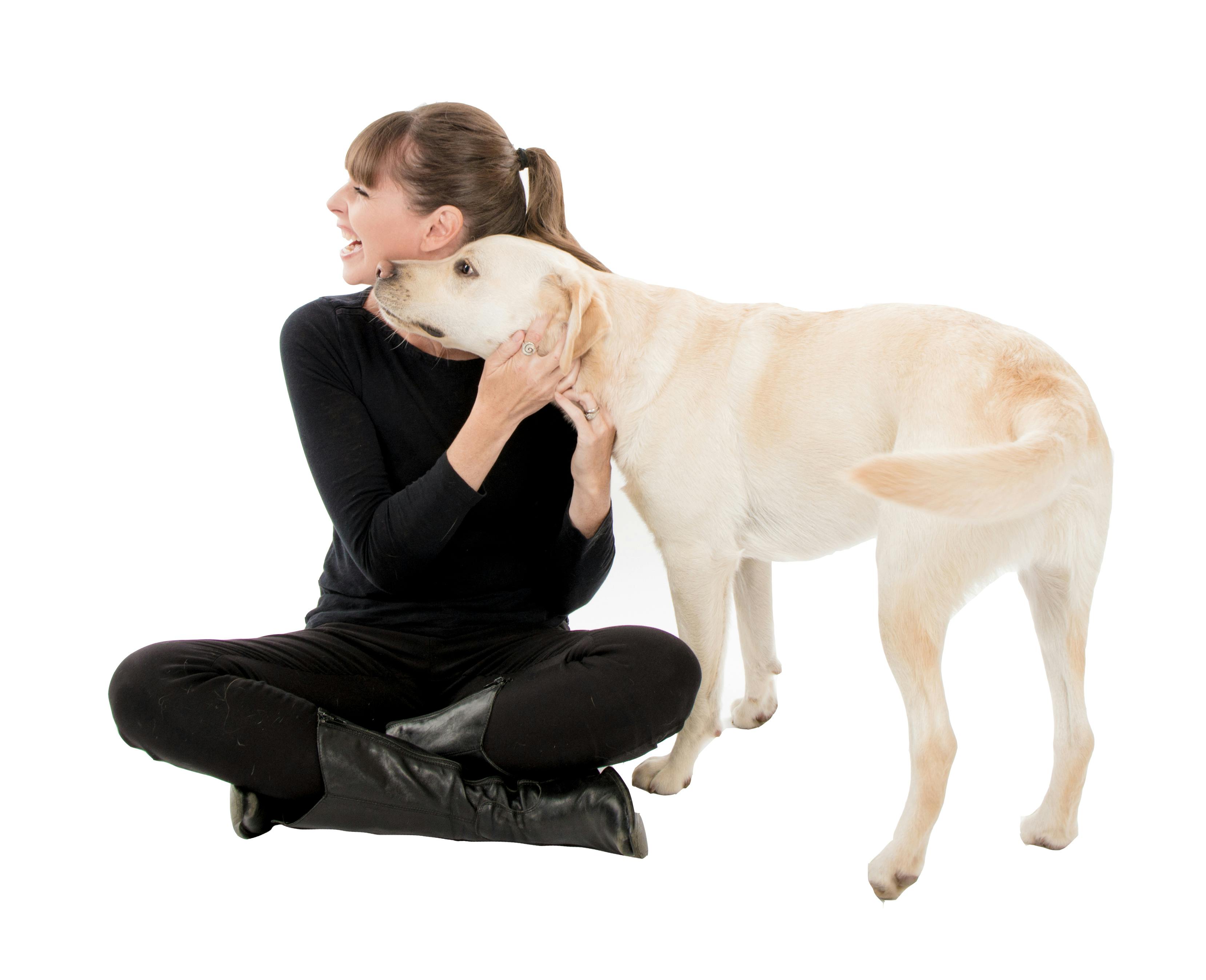Master Necessary Commands: Reliable Canine Educating Facilitated
Effective dog training is a basic facet of responsible animal ownership, and mastering vital commands serves as the structure for a harmonious relationship between trainer and dog. Recognizing the subtleties of canine behavior and the training procedure is vital; however, the journey to a trained canine often provides unexpected difficulties that need attention.
Recognizing Your Pet dog's Habits
To understand the subtleties of reliable canine training, it is vital to damage down and evaluate your dog's actions. Dog training. Understanding the motivations behind your dog's activities is vital; habits can come from impulse, worry, enjoyment, or a wish for interest. By observing your dog in different situations, you can recognize patterns that might show underlying emotions or needs
For instance, a pet that barks excessively might be expressing dullness, anxiousness, or a need for social interaction. On the other hand, a pet that shows damaging behaviors could be looking for excitement or remedy for tension. Recognizing these triggers permits you to customize your training technique effectively.
Additionally, it is essential to take into consideration the pet dog's breed characteristics, as they can influence behavior dramatically. Some breeds are predisposed to specific attributes, such as herding or guarding impulses, which can impact their responses to specific stimuli.
Last but not least, uniformity in your feedbacks to your dog's actions promotes a better understanding between you and your pet. This mutual comprehension is fundamental for constructing trust fund and facilitating an effective training process that supports both behavior modification and positive reinforcement.
Vital Commands to Show
Showing necessary commands is an essential element of effective dog training, supplying the structure for a well-behaved and receptive animal. These commands not just improve communication in between the owner and the dog yet additionally make certain safety in various settings.
The most important commands include "Sit," which urges your canine to remain stationary and tranquil; "Stay," which reinforces the concept of staying in one place until launched; and "Come," which is crucial for remembering your canine from potentially harmful scenarios. "Down" shows canines to exist down, promoting leisure and control, while "Leave it" assists prevent pet dogs from picking up hazardous or undesirable items.
" Heel" is an additional crucial command that urges your pet dog to walk carefully beside you, boosting leash good manners. "No" offers as a vital boundary-setting command, assisting to remedy undesirable habits.
Training Techniques for Success
Efficient pet training relies heavily on utilizing a range of strategies that deal with both the pet's learning design and the proprietor's training goals. One crucial strategy declares support, which entails satisfying preferred habits with deals with, appreciation, or play. This method urges the dog to repeat those actions, fostering a strong bond in between owner and animal.

An additional reliable strategy is remote control training, where a distinctive sound, made by a remote control, notes the specific minute a pet dog does a wanted activity. This precise timing aids pet dogs link the actions with the benefit, improving their understanding.
Consistency is essential in all training techniques. Establishing clear commands and maintaining the same signs helps the pet understanding assumptions more quickly. In addition, short, appealing training sessions stop dullness and boost retention.
Including socialization chances is also vital. Exposing pet dogs to different atmospheres, people, and other pets helps them establish self-confidence and versatility.
Finally, perseverance plays a substantial role in successful training - Dog training. Each dog discovers at their very own rate, and comprehending this can bring about an extra pleasurable training experience for both the owner and the canine. Applying these methods will certainly establish the structure for effective pet dog training
Typical Challenges and Solutions
Despite the ideal training methods, pet dog owners often experience common difficulties that can prevent progress. When family have a peek at this website members use various Check This Out commands for the very same actions, it confuses the pet dog, leading to irregular responses.

Additionally, some canines may display stubbornness or absence motivation. This can frequently be resolved by incorporating favorable support techniques, such as deals with or appreciation, to motivate wanted actions. Customizing rewards to what your pet dog discovers most inspiring can significantly improve their interaction.
Finally, fear or anxiety can impede development in training. Identifying indicators of stress and adjusting the training rate accordingly is vital. Utilizing progressive exposure to feared stimulations can aid build self-confidence gradually, promoting an extra reliable training experience.
Keeping Consistency and Patience
Uniformity and patience are extremely important in dog training, as they form the foundation for accomplishing lasting behavioral modifications. Pet dogs grow on regular and clear assumptions; thus, keeping a constant method in commands, incentives, and corrections is necessary.
Dogs, a lot like people, have differing learning rates and might not realize commands immediately. Positive have a peek here support plays a crucial role here, satisfying desired behaviors and aiding to cultivate a relying on partnership between the canine and instructor.
Conclusion
Understanding important commands is essential to effective canine training, promoting enhanced interaction and enhancing favorable actions (Dog training). Eventually, a well-trained canine not only shows excellent actions however likewise develops confidence, adding to an unified relationship in between the dog and its proprietor.